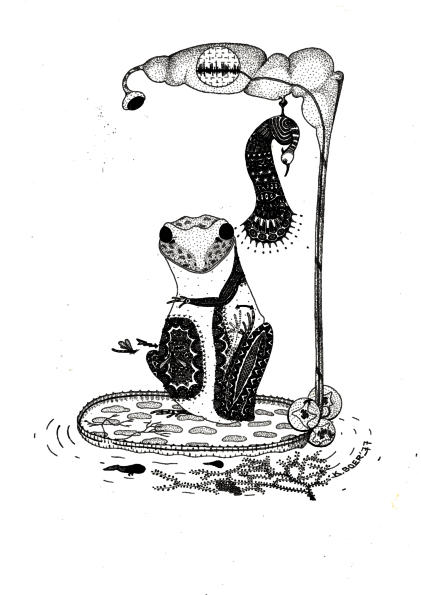

KEES 4 ARTS


KEES4ARTS
boer

It started with drawings

About 1970 I made the first drawing in
my spare time (with a crown pen), a
butterfly inspired by Jugendstil.


In addition to various
absurdist drawings, which I
still have to scan, I soon
made two postcards for an
association for muscle
diseases in Paris. The top
one was clearly based on the
shown butterfly.

At the Dutch (Central) Institute for
Brain Research, where I worked
for 10 years minus 1 month,
theses were written, for which I
was sometimes allowed to design
the cover. The first one for Wil
Honnebier has always been the
best, I think. Aubray Beardsley
and Melle might agree with the
leaves under the womb.



And the right one is of Jan
Dogterom (the ‘Wadden Sea
bird’, who carried out
measurements with
radioactivity, originally from
Utrecht and who had 3
promotores) designed in the
period that the Dutch Central
Institute for Brain Research
had to surrender the C
between its closure and
restart in the early 1970s
(see enlarged insert).
Of course I also obtained my
PhD (in 1976) and designed my
own cover

I was also allowed to draw the cover for
the book that I edited with Margot
Chamalaun based on a previously
published series of articles in the
magazine ‘Intermediair’.
I also then developed a signature for
cartoons in a science magazine
‘progress in neurosciences’.



like these
three


Here are two examples of conference
covers I was asked to design: the right
one for a conference at the Brain
Institute itself, the lower one for a
neurophysiological conference in Geneva
with research on multiple animal species,
if I remember correctly. It was in 1978.
next drawings (book covers)
For another conference I had to make two covers, because I initially thought
that the investigated animal was a mole, because research concerned ‘the
third eye’ (the pineal gland), but it turned out to be a guinea pig.


I also made an etching of the second one (with the guinea pig)

Rather funny is this drawing for
Michael Corner, which has been used a
few decades after I made it in his last
manuscript which he finished the
week before he died in 2016. It
depicts that when you transplant the
skin from the back to the front of a
frog at a certain larval stage, when
you touch the abdominal skin, the
adult frog thinks it is his back that he
feels.
contact: info@kees4arts.nl

















